Learning how to cook pork ribs in the oven slow is easier than you think. This step-by-step guide will show you exactly how to prepare tender, flavorful ribs with simple ingredients and minimal effort. You'll learn the ideal temperature, cooking time, and essential steps to get restaurant-quality results at home.
Here's what you need to know before you start: - Ideal oven temperature: 250-300°F (120-150°C) - Cooking time: 2.5-3 hours for baby back ribs, 3-4 hours for spare ribs - Key step: Remove the membrane from the back of the ribs for better flavor penetration - Don't skip the resting period: Let ribs rest for 10-15 minutes after cooking for maximum tenderness
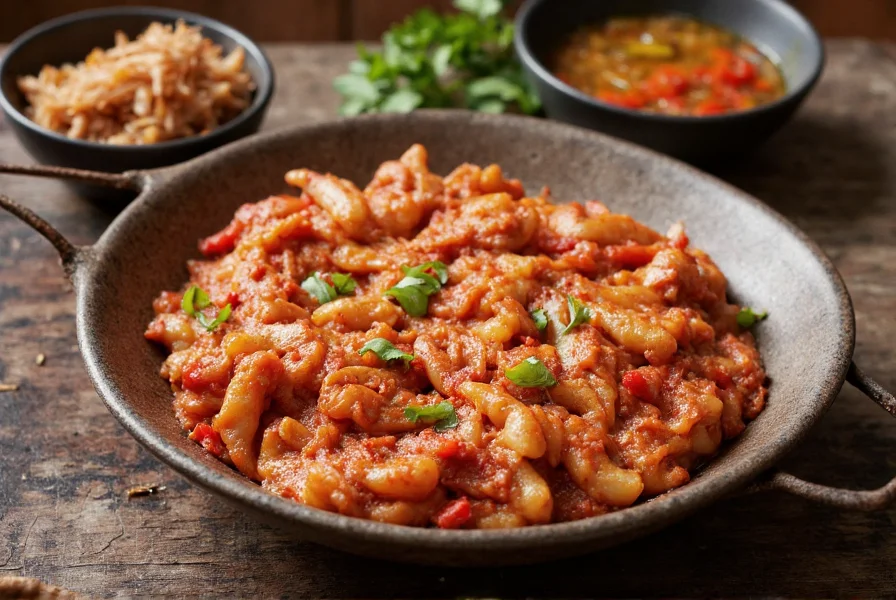
Table of Contents
- Step-by-Step Guide to Cooking Pork Ribs in the Oven Slow
- Why Spices Matter in Slow Cooking
- Spice Hacks That Transform Slow Oven Ribs
- How to Store Spices Like a Seasoned Pro
- Buying Guide: Best Spice Kits for Pork Ribs
- Conclusion: Elevate Your Rib Game Today
- Frequently Asked Questions
Step-by-Step Guide to Cooking Pork Ribs in the Oven Slow
Follow these simple steps for perfectly tender ribs every time:
- Prepare the ribs: Remove the silvery membrane from the back of the ribs using a butter knife. This allows spices to penetrate better and prevents tough texture.
- Preheat your oven: Set to 275°F (135°C) for optimal slow cooking. Lower temperatures (250°F) yield more tender results but require longer cooking time.
- Apply your dry rub: Coat ribs evenly with your spice blend. For best results, apply at least 2 hours before cooking (or overnight for maximum flavor).
- Wrap and cook: Place ribs on a baking sheet lined with foil. Cover tightly with another layer of foil. Bake for 2.5-3 hours for baby back ribs or 3-4 hours for spare ribs.
- Check doneness: Ribs are ready when internal temperature reaches 195-203°F (90-95°C) and meat pulls back from bones by 1/4 to 1/2 inch.
- Finish with sauce (optional): Unwrap ribs, brush with BBQ sauce, and bake uncovered for 15-20 minutes to caramelize.
- Rest before serving: Let ribs rest for 10-15 minutes to redistribute juices for maximum tenderness.
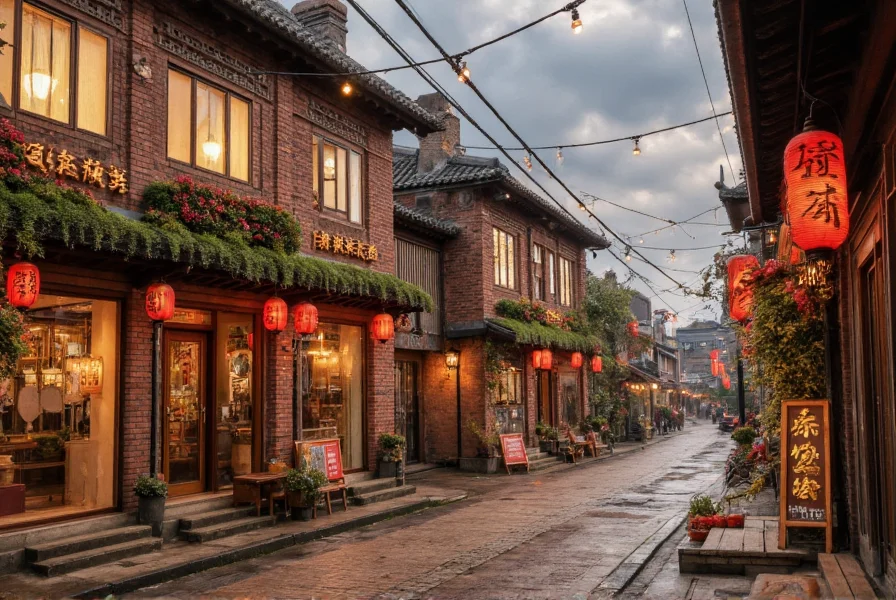
Why Spices Matter When Cooking Pork Ribs in the Oven Slow
Slow cooking at a low temperature allows flavors to deepen and meld together over time. Unlike high-heat grilling, where charring can mask imperfections, oven-slow cooking exposes every note of seasoning — good or bad. That's why choosing and using the right spices is crucial.
Think about it: dry rubs, marinades, and post-bake sauces all play a role in creating that layered taste profile. And don't forget — even if you plan to add a glaze later, the base layer of spices should be strong enough to stand alone.
Spice Hacks That Will Take Your Slow Oven Pork Ribs to the Next Level
Ready to upgrade your spice game? Here are 7 easy yet powerful hacks that will make your ribs sing with flavor:
Hack #1: Build a Balanced Dry Rub
A great dry rub isn't just about throwing everything in your spice rack onto the meat. It needs balance — sweet, salty, smoky, spicy, and umami elements all play a part.
Pro Tip: Use brown sugar as a base to help with caramelization and crust formation during slow baking. Add smoked paprika for depth, garlic powder for savory notes, chili powder for heat, and a touch of cinnamon for warmth.
| Ingredient | Flavor Role |
|---|---|
| Brown Sugar | Sweetness + Crust Formation |
| Smoked Paprika | Smokiness + Color |
| Garlic Powder | Umami + Depth |
| Chili Powder | Heat + Earthiness |
| Cinnamon | Warmth + Complexity |
Hack #2: Let It Rest Before Baking
Just like a steak, ribs need time for the spices to penetrate the meat. Apply your rub at least 2–4 hours before cooking — or better yet, refrigerate them overnight.
This gives the spices time to bond with the surface and begin breaking down the muscle fibers, resulting in more tender and flavorful meat.
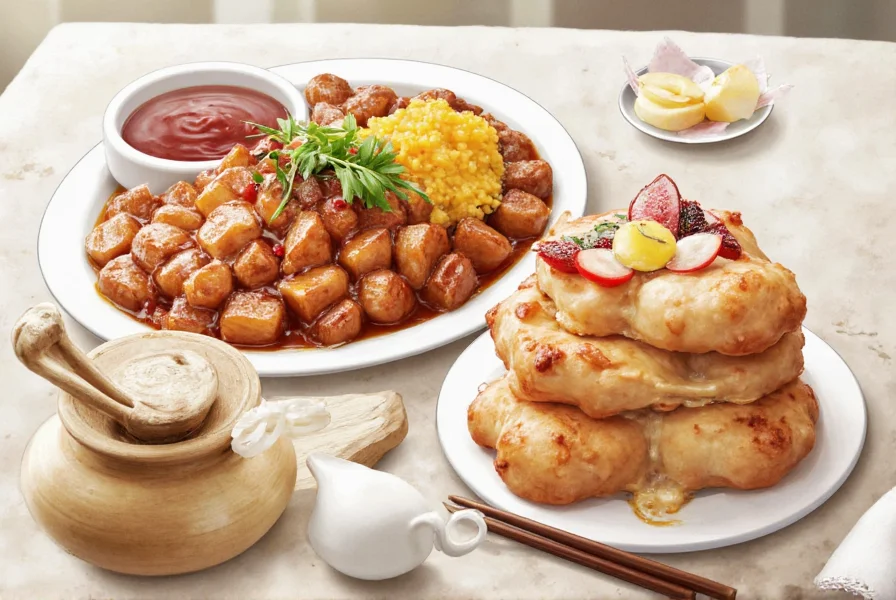
Hack #3: Use Liquid Smoke for Extra Depth
If you don't have access to a smoker, liquid smoke is a game-changer. A few drops mixed into your dry rub or basting sauce can mimic that authentic barbecue flavor without leaving your kitchen.
Warning: A little goes a long way. Start with ½ teaspoon and adjust from there to avoid overpowering the meat.
Hack #4: Layer Flavors During Baking
You don't have to stick with one application of spice. Brush on a thin coat of BBQ sauce halfway through baking, then sprinkle on another layer of dry rub for added texture and complexity.
This creates a beautiful contrast between the outer bark and the juicy interior.

Hack #5: Toast Your Spices First
Toasted spices release more volatile oils and aromas, enhancing their potency. Simply place whole spices like cumin seeds, peppercorns, or coriander seeds in a dry pan over medium heat until fragrant, then grind them yourself.
Use a mortar and pestle or spice grinder for best results. The extra step is worth it!
| Spice | Toast Time |
|---|---|
| Cumin Seeds | 1–2 minutes |
| Black Peppercorns | 2–3 minutes |
| Coriander Seeds | 1–2 minutes |
Hack #6: Don't Skip the Acid
Whether it's vinegar, citrus juice, or mustard, adding a bit of acid balances the richness of the pork and brightens up the overall flavor.
Mix in a tablespoon of apple cider vinegar or lemon juice into your dry rub, or use a Dijon mustard base for your glaze.
Hack #7: Finish with Fresh Herbs
Once the ribs come out of the oven, give them a final flourish with chopped fresh herbs like cilantro, parsley, or thyme. This adds brightness and aroma that dried spices can't match.

How to Store Spices Like a Seasoned Pro
Once you've invested in quality spices, keeping them fresh is key. Here are some smart storage tips:
Keep Them Cool & Dark
Exposure to light, heat, and humidity degrades spices faster than you might think. Store them in opaque containers away from stoves or windows.
Use Glass Jars Instead of Plastic
Glass preserves flavor better and prevents absorption of odors. Plus, you can see exactly what's inside without having to open each bottle.
Label Everything Clearly
Ever opened a container and wondered what it was? Label your spices with both name and date purchased. Whole spices last around 3–4 years; ground ones last about 2–3 years.
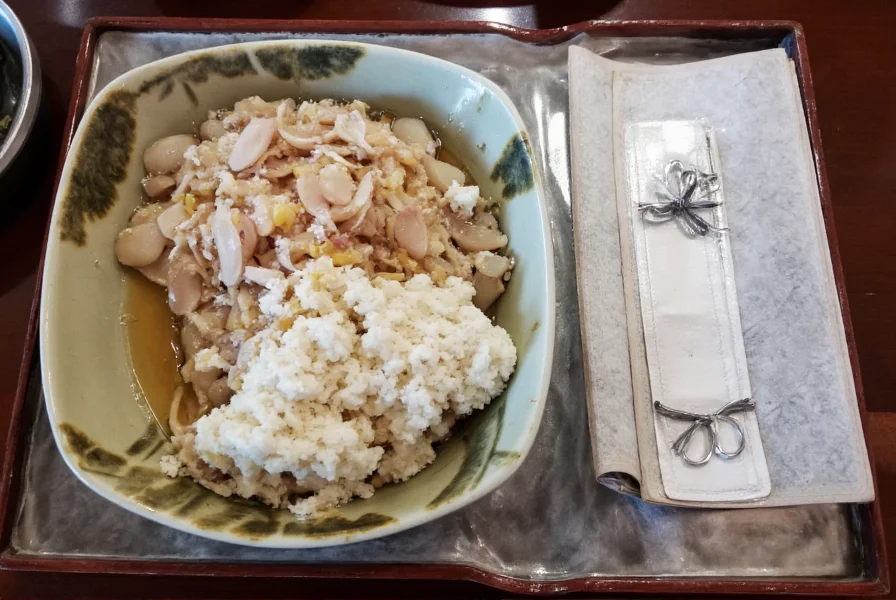
Freeze What You Don't Use Often
Less-used spices like saffron or sumac benefit from being stored in the freezer. Just seal them in an airtight bag to prevent moisture buildup.
Revive Old Spices with Heat
If your spices have gone dull, toast them lightly in a dry skillet to reactivate their aroma before grinding or using in a recipe.
Buying Guide: Top Spice Kits for Perfect Pork Ribs
If you're looking for convenience without sacrificing flavor, here are three top-rated spice kits designed specifically for pork ribs — especially when cooking pork ribs in the oven slow:
1. Weber Pork Rib Rub Pack
- Features: Pre-mixed blend of paprika, brown sugar, garlic, onion, and black pepper
- Advantages: Ready-to-use, no guesswork involved
- Best For: Beginners or quick meals
- Price: ~$8–10 per 5 oz pack
- Occasion: Weeknight dinners, small gatherings

2. McCormick Gourmet Collection – Smoky BBQ Rub
- Features: Contains smoked paprika, chipotle, and molasses notes
- Advantages: Complex flavor with minimal effort
- Best For: Grillers and oven chefs alike
- Price: ~$6–9 per 2.5 oz jar
- Occasion: Casual entertaining, family dinners
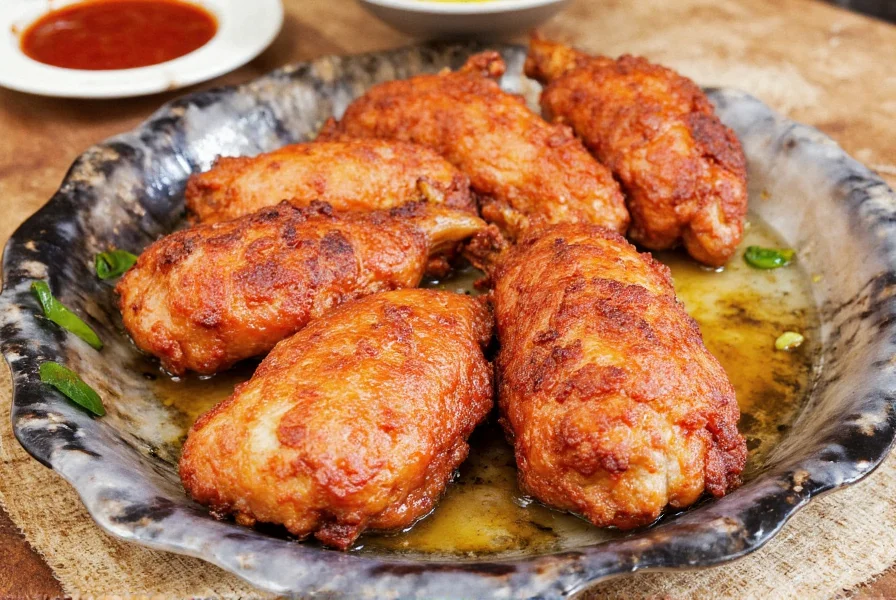
3. The Spice Hunter Pit Master Blend
- Features: Custom blend of coarse sea salt, cracked black pepper, hickory-smoked paprika, and garlic
- Advantages: Great for customizing with additional ingredients
- Best For: Home chefs who want control and creativity
- Price: ~$12–15 per 4 oz pouch
- Occasion: Weekend cooking, special occasions

Conclusion: Elevate Your Slow Oven Rib Game Today
Cooking pork ribs in the oven slow doesn't mean settling for bland meat. With the right spice strategy and proper technique, you can create deep, rich flavors that rival any restaurant dish.
From removing the membrane to applying the perfect dry rub and resting properly, these tips ensure your next batch of ribs will be anything but boring. Whether you're a home cook or a seasoned pitmaster, there's always room to experiment and improve.
So go ahead — fire up that oven, reach for your favorite spices, and get ready to impress your friends, family, or even just yourself with some seriously delicious pork ribs.

Now tell us — what's your go-to spice blend for slow oven ribs?
Frequently Asked Questions
How long should I cook pork ribs in the oven on low heat?
For best results, cook pork ribs at 275°F (135°C) for 2.5-3 hours, or at 300°F (150°C) for 2-2.5 hours. The low-and-slow method allows connective tissues to break down, resulting in tender meat that pulls back from the bones. Always use a meat thermometer to check for doneness - ribs are ready when they reach 195-203°F (90-95°C) internally.
What's the best temperature for slow cooking ribs in the oven?
The ideal temperature range for slow oven-cooked ribs is between 250-300°F (120-150°C). Lower temperatures (250-275°F) require longer cooking times (3-4 hours) but yield exceptionally tender results. Higher temperatures within this range (275-300°F) work well for 2-3 hour cooking periods. Avoid temperatures above 325°F as they can dry out the meat before the collagen fully breaks down.
How do I get tender pork ribs when cooking them in the oven?
For tender oven ribs: 1) Remove the membrane from the back of the ribs 2) Apply a proper dry rub and let it rest for several hours or overnight 3) Cook at the right low temperature for sufficient time 4) Consider wrapping in foil with a bit of liquid (like apple juice) during the final hour if needed 5) Let the ribs rest for 10-15 minutes after cooking. The slow cooking process breaks down collagen into gelatin, which creates that melt-in-your-mouth texture.
Can I use the same spice rub for oven ribs as I would for grilled ribs?
While you can use similar spice blends, oven ribs benefit from slightly different considerations. Since there's no smoke flavor from a grill, consider adding smoked paprika or a few drops of liquid smoke to your rub. Oven-cooked ribs also need more pronounced seasoning since there's no caramelization from direct flame. The spice hacks in this article (like toasting spices and layering flavors) are specifically designed for optimal oven rib results.
Do I need to wrap pork ribs in foil when slow cooking in the oven?
The "Texas Crutch" (wrapping in foil) is optional but can be helpful. If cooking at lower temperatures (under 275°F), wrapping after 2 hours can speed up the final tenderizing process and prevent drying. Add a small amount of liquid (apple juice, broth, or vinegar) to the foil packet. However, if you prefer a firmer bark on your ribs, you can skip wrapping and just extend the cooking time slightly while monitoring internal temperature.
How do I know when slow oven-cooked pork ribs are done?
There are three reliable indicators: 1) Internal temperature reaches 195-203°F (90-95°C) 2) The meat has pulled back from the bones by about 1/4 to 1/2 inch 3) When you lift the rack from the center with tongs, it bends easily and small cracks form in the surface. The "bend test" is particularly useful - properly cooked ribs will bend significantly without breaking. Avoid relying solely on cooking time as rib size and oven variations affect results.
What's the difference between slow oven cooking and traditional smoking for ribs?
While both methods use low temperatures over extended periods, oven cooking lacks natural smoke flavor. To compensate, our spice hacks include using smoked paprika, liquid smoke, and toasting spices to create complex flavors. Oven cooking also provides more consistent temperature control than many backyard smokers. The texture can be equally tender when done correctly, but oven ribs may have a slightly different crust formation since they're not exposed to direct smoke particles.

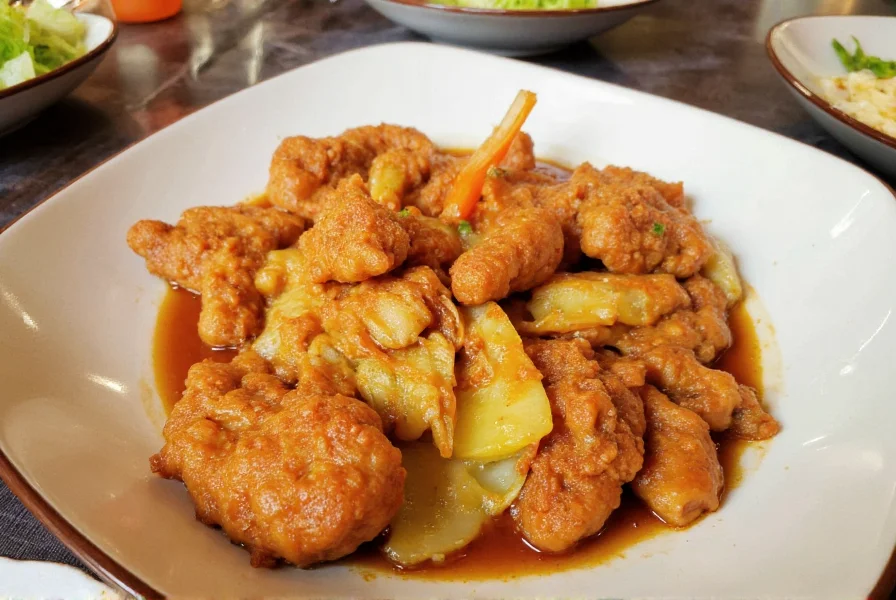









 浙公网安备
33010002000092号
浙公网安备
33010002000092号 浙B2-20120091-4
浙B2-20120091-4